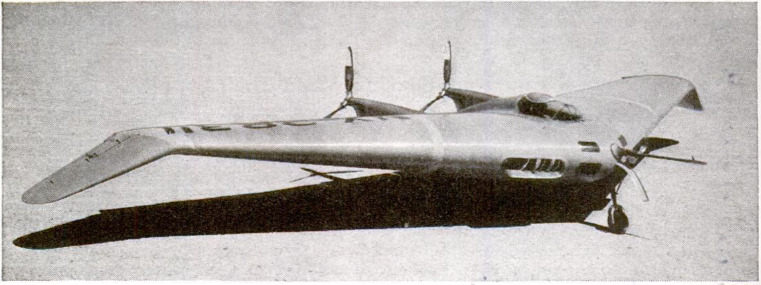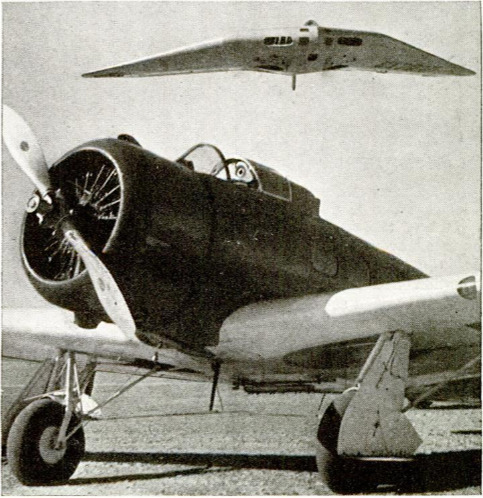Flying Wings Are Coming
Contenuto
- Titolo
- Flying Wings Are Coming
- Article Title and/or Image Caption
- Flying Wings Are Coming
- Lingua
- Eng
- Copertura temporale
- World War II
- Data di rilascio
- 1942-03
- pagine
- 14,15 190, 192-193
- Diritti
- Public domain
- Sorgente
- Google books
- Referenzia
- California
- Northrop Grumman
- Jack Northrop
- California Institute of Technology
- Vance Breese
- Archived by
- Enrico Saonara




